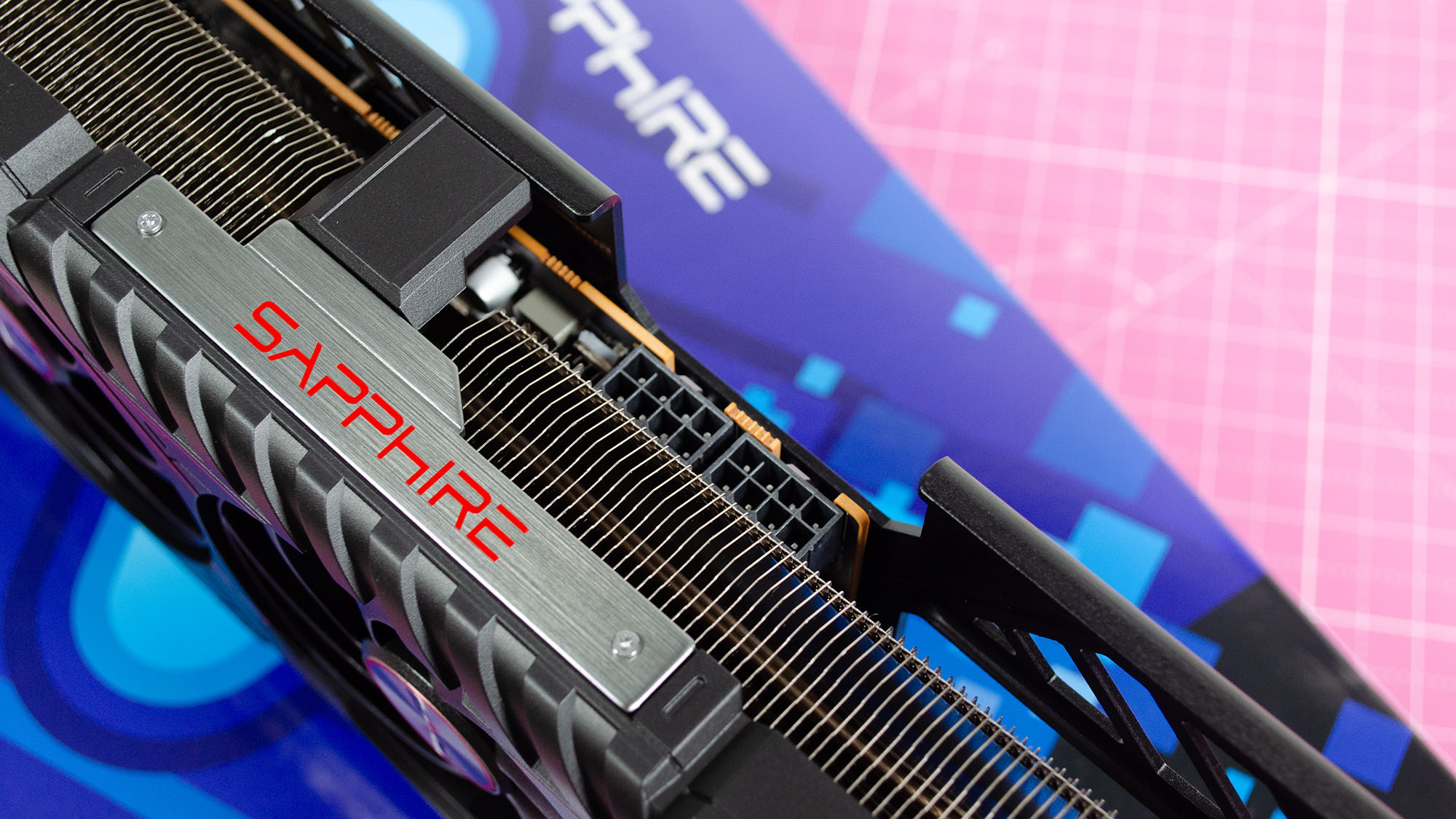- The trend of inflated GPU prices for AMD’s Radeon RX 9070 series continues
- Partner cards are priced far above MSRP
- The previous gen RX 7900 XTX is at a ludicrous $1,299.99
Yet again, the prices of GPUs are causing waves, but (as you may have guessed), it’s for all the wrong reasons.
Over at Best Buy, a three-year-old XFX Radeon RX 7900 XTX is being sold for a whopping $1,229.99, way above its $999 MSRP. A similar case is seen with its XT counterpart, with the XFX 7900 XT at $929.99 – and bear in mind, these are both older RDNA 3 (AMD’s GPU architecture) cards, so users won’t have access to the RDNA 4-exclusive FSR 4 upscaling method for greater visual quality and performance.
With older GPU prices getting out of hand, it may not surprise you to learn that it’s even worse with new GPUs, as the freshly-launched XFX Radeon RX 9070 XT is selling for up to $939.99, when it’s supposed to have an MSRP of $599.
These are examples of why the current GPU market is arguably the worst it’s ever been: the same is happening with Nvidia’s new RTX 5000 and (slightly older) RTX 4000 series (notably the RTX 4090) GPUs. While pricing is much higher for Team Green’s high-end cards, this situation doesn’t look good for Team Red, as it’s not offering high-end GPUs this generation, which could lead to many opting for Nvidia anyway: AMD needs to ensure it doesn’t get left behind in GPU competition with its fierce rival.
The appeal of the Radeon RX 9070 series was affordability while gamers would still be able to enjoy playing at high resolutions in demanding games. It’s also worth noting that AMD was off to a great start as cards were successfully selling at MSRP for a limited time, but without a reference card (a card designed by the GPU manufacturer, and not a board partner), buyers are at the mercy of retailers with partner cards – and unfortunately, the inflated prices have changed the narrative completely.

Enough of this madness, it needs to stop…
While many excuses like high demand and low availability can be thrown around easily (especially for new GPUs), it doesn’t excuse this issue that’s making PC gaming unaffordable for so many people. A three-year-old graphics card should not cost more than its MSRP, but that’s exactly what’s happening with both Nvidia and AMD partner cards.
What’s not helping matters is the fact that these GPUs are selling out almost as soon as stock comes in, meaning gamers are tempted to pay over the odds just to get hold of one.
Essentially, you’re out of luck and will likely have to settle for either a console or overspend on a GPU. The former isn’t a terrible idea, don’t get me wrong. However, it fails to match up to the freedom I feel you get with a gaming PC.
Unlike the PS5 or Xbox Series X|S, gaming on PC offers things like fun modifications for games made by the community, free multiplayer gaming, and most importantly, more powerful hardware. It’s also evident that the upcoming Nintendo Switch 2 may have significant enhancements over its predecessor, but it will have a tough time against handheld gaming PCs like the MSI Claw 8 AI+, which will likely still have better processing power (if the rumors of the Switch 2’s specs are true).
However, as good as PC gaming is, these inflated GPU prices mean many people simply cannot make the leap. Unfortunately, I don’t see this getting any better, and the more gamers continue to buy inflated GPUs, the worse it may get…
You may also like…
- AMD’s powerful Ryzen AI Max processors are on their way to desktop PCs – and a side effect could kill off discrete GPUs for gaming
- Hang on handheld fans, we could be seeing AMD’s FSR 4 upscaling on new handhelds after all – if this new RDNA 4 leak is legitimate
- Nvidia’s new Game Ready Drivers appear to be so bad that game developers are warning gamers to stay away
Go to Source
Author:

